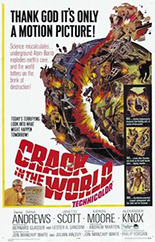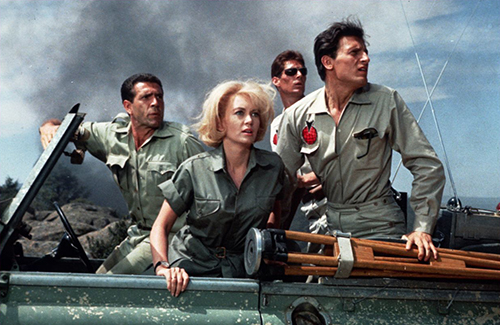
 Even though I’m typically the first one to openly ridicule many modern films focusing on fantastical fare along the lines of goblins, hobbits and elves, there are a few from the 1980s I unabashedly enjoy, with one of them being the 1985 Ridley Scott flick Legend, a favorite video rental of my mother.
Even though I’m typically the first one to openly ridicule many modern films focusing on fantastical fare along the lines of goblins, hobbits and elves, there are a few from the 1980s I unabashedly enjoy, with one of them being the 1985 Ridley Scott flick Legend, a favorite video rental of my mother.
I have to admit that, during my many childhood viewings, even though I was somewhat lost in the plot, as soon as Tim Curry’s demonic creature Darkness showed up in the third act, the fear of God was in me and it didn’t matter what had come before, as I was engrossed.
And that Bryan Ferry song playing over the credits? I’ve always loved that tune.
Tom Cruise is Jack, a forest dweller in love with the lovely Princess Lili (Mia Sara). In order to impress her, like most men would do, he shows her the secret unicorns roaming the woods. However, some evil demons are looking for the same beasts, mostly to steal their horns which apparently are imbued with some kind of magic.
 This causes an immediate winter in the forest, as Jack and his newfound elven buddies try to make it down to the underworld to rescue Lili and regain the horn. That’s all well and good, but the place is ruled by Darkness, who, if you ask me, is the most perfect realization of a Satan-like creature in all of film. He is truly some scary stuff, although I heard women say he’s erotic. (Chances are they were looking for attention.)
This causes an immediate winter in the forest, as Jack and his newfound elven buddies try to make it down to the underworld to rescue Lili and regain the horn. That’s all well and good, but the place is ruled by Darkness, who, if you ask me, is the most perfect realization of a Satan-like creature in all of film. He is truly some scary stuff, although I heard women say he’s erotic. (Chances are they were looking for attention.)
When originally released, Legend was a bit of a bomb, and I can see why: The film suffers from a case of overimagination, almost creating its own rules and language — something that hurts many nonderivative films, as many moviegoers just want something they can get in and out of in around 90 minutes.
And, bless the studio, in the original theatrical cut, they sliced much of Scott’s work down to right around 90 minutes.
That being said, after viewing the director’s cut, I think he ably did his best to craft a modern-day fairy tale in the studio system, with actual thought put into it, so of course they didn’t want it. This isn’t just kids running around shouting made-up words like morons. But, you know, that’s the kind of fantasy that sells and this didn’t, so what do I know? —Louis Fowler

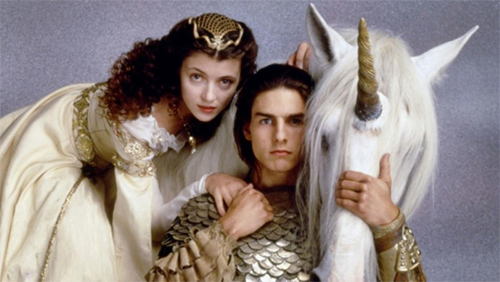

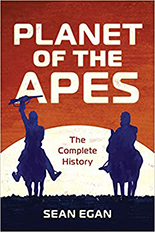
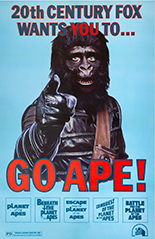



 Sean Chase is dead. As played by
Sean Chase is dead. As played by 
